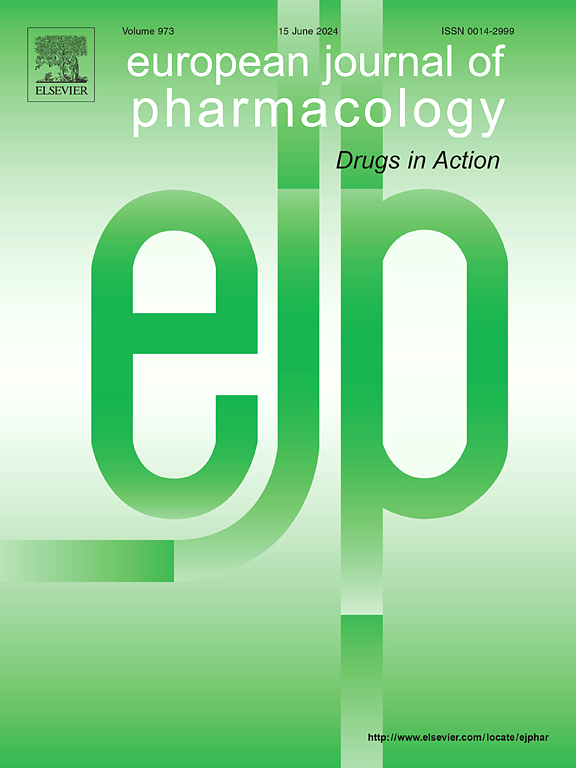A novel neural network-based nearest neighbor approach for drug function prediction from chemical structures
IF 4.2
3区 医学
Q1 PHARMACOLOGY & PHARMACY
引用次数: 0
Abstract
Drug function prediction is a crucial task in drug discovery, design, and development, which involves the prediction of the biological functions of a drug molecule based on its chemical structure. Misleading drug function is a common reason for adverse drug reactions and drug failures. A computational approach can aid in correctly identifying drug functions during clinical testing. Therefore, this study proposes a neural network-based nearest neighbor approach using the Multi-Label Convolutional Neural Network and Nearest Neighbor (MLCNN-NN) method to identify drug functions from chemical 2D structures. This model is built upon the hypothesis that chemical compounds (drugs) with similar molecular structures are likely to exhibit similar drug functions, and the drug functions that occur together are likely to share similar chemical structures. The findings illustrate that the presented models can accurately predict the functions of drugs and outperform the performance of ResNet50, DenseNet201, MobileNetv2, Inceptionv3, VGG19, Graph Convolutional Network (GCN) and Meyer et al. models. The proposed model is evaluated on a benchmark dataset of drug molecules with known functions and achieves the highest accuracy value of 98.10%. Moreover, the identification and visualization of co-occurring drug functions serve as solid indicators of the effectiveness of the proposed model in detecting potential co-occurrence of drug functions, with detection rates of 84.02%. The results demonstrate the effectiveness of the MLCNN-NN model in drug function prediction. They also highlight the potential of a multi-label neural network-based nearest neighbor approach, which utilizes convolutional neural network and nearest-neighbor methods, in drug discovery, design, and development.
求助全文
约1分钟内获得全文
求助全文
来源期刊
CiteScore
9.00
自引率
0.00%
发文量
572
审稿时长
34 days
期刊介绍:
The European Journal of Pharmacology publishes research papers covering all aspects of experimental pharmacology with focus on the mechanism of action of structurally identified compounds affecting biological systems.
The scope includes:
Behavioural pharmacology
Neuropharmacology and analgesia
Cardiovascular pharmacology
Pulmonary, gastrointestinal and urogenital pharmacology
Endocrine pharmacology
Immunopharmacology and inflammation
Molecular and cellular pharmacology
Regenerative pharmacology
Biologicals and biotherapeutics
Translational pharmacology
Nutriceutical pharmacology.

 求助内容:
求助内容: 应助结果提醒方式:
应助结果提醒方式:


